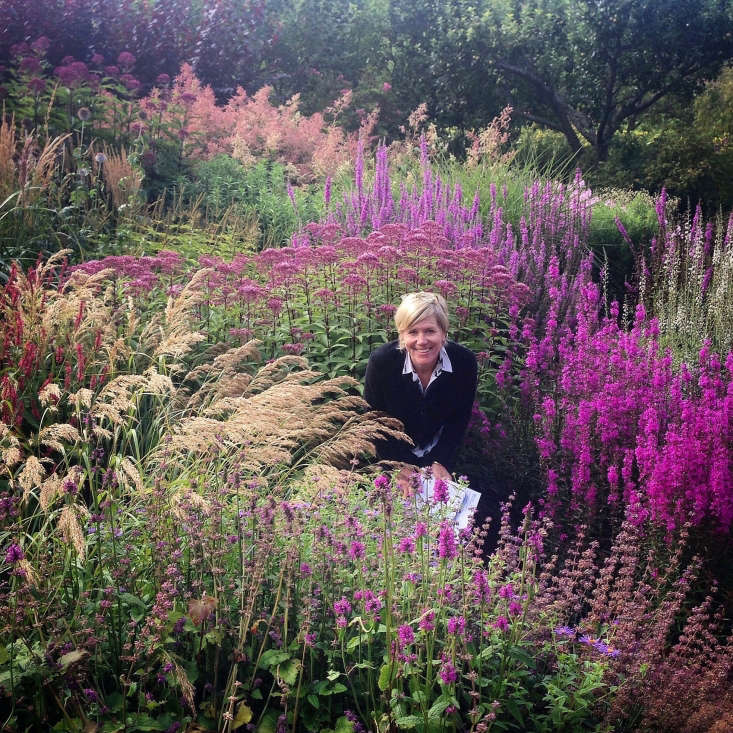Writers and painters go on retreat to create new work, but what about floral designers? After a busy season with my cut flower business, Cultivated, I approached one of my favorite gardens in Scotland with a question: would they have me for a week in late fall—not to work in the garden per se, but rather with it—to create art with plants at the Cambo Estate?
My plan: I would bring in no flowers or vases and design solely with what was in bloom during the last week of October in the estate’s walled gardens and woodlands.
Here’s what I found:
Photography by Christin Geall except where noted.

I knew Cambo from a previous summer visit to Fife and had been impressed by the gardens: 70 acres of woodlands home to an extensive snowdrop collection (complete with a burn babbling out to the North Sea), a meadow planting, and a 2.5-acre Victorian walled garden planted in a modern naturalistic style.

The challenge I’d set for myself dawned on me when I began roaming the estate with an eye to creating designs. Not only were there more fantastic flowers than I could name spread over 4.5 acres, there also were confounding distances between sites and plants. I took to using a wheelbarrow to carry my supplies, camera, and buckets, creating spontaneous workspaces in an abandoned building, on a bench in the shop, in the house, and on a pedestal in the walled garden itself.

The Cambo estate has been in the Erskine family since the 1670s. The current steward, Struan, and his wife, Frances, now manage the property with fun, education, and creativity in mind. They’ve built tents for glamping in the forest, begun transforming an old stable into an eco-education center, and rent portions of the house and estate for weddings or short stays. Given the diversity of projects at Cambo, I guessed rightly that the estate would be open to collaboration and innovation.


Head gardener Elliot Forsyth oversees the horticultural endeavors at Cambo. These include the North American prairie planting, a wide range of habitat-based naturalistic plantings in the vast walled garden, an organic vegetable production area, the “house gardens,” and a garden shop where plants are available for purchase. Forsyth is supported by a small staff, and visiting interns and volunteers through the Cambo Heritage Trust.




Cambo’s magic lies in the juxtaposition of the cultivated and the wild, the formal and the informal. As a grower and designer, it delighted me to play with those themes and between them.
I’ll be returning to Cambo to lead a floral retreat form October 10 to 12. For more information, see Cambo Workshop.








Have a Question or Comment About This Post?
Join the conversation